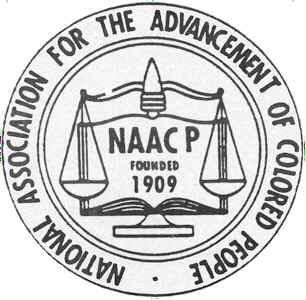In Chapter 6 of Stuart Ewen’s book,
PR! A Social History of Spin, he discusses George Creel and the Committee on Public Information. Included in this chapter are the Four Minute Men, who were local, respectable men (Ewen called them “local community leaders”), who would make brief speeches to their communities on why it was important to support the war and buy Liberty Bonds (117). ‘Local community leaders’ were chosen because it was believed that they could exert some kind of influence over their neighbors and give them a “guidance for conversation” (117). Ewen writes how the Four Minute Men were told to appeal to the feelings and emotions of the crowd they were speaking to.
I found it interesting how the contents of a speech had to be so precise, and that they were literally meant to be advertisements. Below are some key quote examples from the Fourth Liberty Loan section of the class hand-out.
Inspiration vs. Perspiration:
“Third. The appeal to the feelings, in which we stir the sentiment and emotion and arouse the desire to DO something...” (Fourth Liberty Loan, 3)
As stated above, the Four Minute Men speakers were specifically told to appeal to the emotions of the crowd. This struck me as interesting, and I thought of Gustave Le Bon’s ‘crowd’- how they only reacted to their passions and emotions. It’s laid out in this introduction letter of the Fourth Liberty Loan packet, a very precise way to not only present the audience with facts, but more importantly, to adhere to the hearts and emotions of the listeners. It’s also interesting that Ewen quotes in PR! that Creel always denied that their goal was to appeal to people’s emotions (seen on pages 122 and the top of 125), when it was literally instructed of the Four Minute Men.
“One idea- simple language- talk in pictures, not in statistics- touch their minds, hearts, spirits- make them want to win with every fiber of their beings- translate that desire into terms of bonds- and they will buy.” (20)
The Four Minute Speech:
“It must stop them; it must hold them; it must move them; it must take them act. The perfect four-minute speech is an ad- not an address- and it is axiomatic that there are four steps to be taken in every successful advertisement: Attention, interest, desire, resolve.” (25)
The two quotes above are interrelated. The first quote is implying an advertisement, while the second admits that that's what the speech is supposed to be. Four Minute Men were supposed to advertise support of the war- to initiate the emotions of the crowd and tell them how to react, which was to buy bonds. It’s striking how often the “four-minute speech” is referred to and admitted as an advertisement throughout this packet and how the public
must be made to feel, in order to
buy.
The Battle Field of Sergy:
“The dead are gone, ofcourse. Crosses rear above the grass. The sun slants on American identification disks tacked to the arms, showing where American dead sleep in the peace that knows no wars.” (24)
“Some husky American boy smoothed his hair by its reflection, perhaps shaved as he joyously made ready for the battle.” (24)
“…but one edge shows the face of a smilingly happy baby and the ink on the back of the photograph carried some inscription of love and cheer.” (24)
All of the quotes above were found in the story of Sergy (that was specifically mentioned in the introduction letter’s section on appealing to the listeners’ emotions). Each quote has a certain
imagery- some patriotically melancholy (‘the American dead’), some nostalgic (‘husky American boy'), and some just sad (the baby’s photograph on the grave). Each of these quotes were particularly
humanizing and were purposely meant to make people visualize and relate, to feel connected to the eyewitness account of Sergy. It was this use of imagery that was supposed to appeal to the emotions of the listeners. After hearing something like this, I probably would've went out and bought a liberty bond.
Sources used:
Class packet- section of the Fourth Liberty Loan.
Ewen, Stuart. PR! A Social History of Spin. 1996.
4 Minute Men image from: http://www.authentichistory.com/1914-1920/2-homefront/1-propaganda/index.html

.jpg/244px-Uncle_Sam_(pointing_finger).jpg)
.jpg/244px-Uncle_Sam_(pointing_finger).jpg)


